 Multiple Choice Questions
Multiple Choice QuestionsAn uncharged sphere of metal is placed inside a charged parallel plate capacitor. The electric lines of force will look like
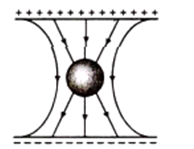
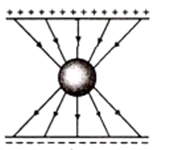
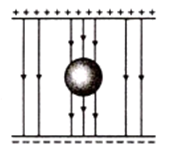
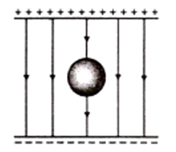
The electric potential at a point on the axis of an electric dipole depends upon the distance r(>> a) of the point from centre of the dipole as
∝ r
∝
∝
∝
Figure shows three spherical and equipotential surfaces A, B and C round a point charge q. The potential difference VA − VB = VB − VC. If t1 and t2 be the distance between them. Then
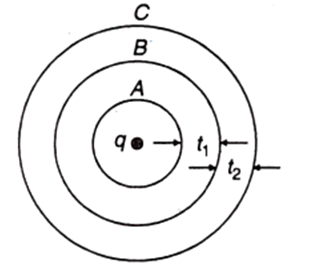
t1 = t2
t1 > t2
t1 < t2
t1 ≤ t2
Three capacitors of capacitances 1 µF, 2 µF and 4 µF are connected first in a series combination, and then in a parallel combination. The ratio of their equivalent capacitances will be
2 : 49
49 : 2
4 : 49
49 : 4
A fully charged capacitor has a capacitance C. It is discharged through a small coil of resistance wire embedded in a thermally insulated block of specific heat capacity s and mass m. If temperature of the block is raised by ΔT, the potential difference V across the capacitor is
In the given figure, a hollow spherical capacitor is shown. The electric field will not be zero at
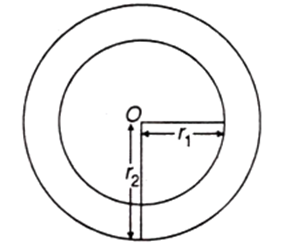
r < r1
r1 < r2
r < r2
r1 < r < r2
A capacitor of capacitance 5 µF is connected as shown in the figure. The internal resistance of the cell is 0.5 Ω. The amount of charge on the capacitor plates is
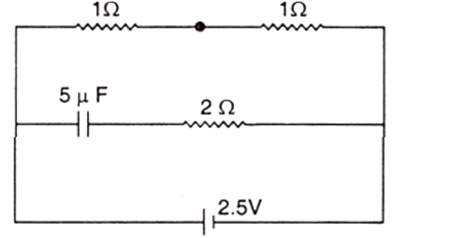
80 µC
40 µC
20 µC
10 µC
The potential at a point P which is forming a comer of a square of side 93 mm with charges, Q1 = 33nC, Q2 = − 51 nC, Q3 = 47 nC located at the other three comers is nearly
16 kV
4 kV
400 kV
160 V
Two equal metal balls are charged to 10 and − 20 units of electricity. Then they are brought in contact with each other and then again separated to the original distance. The ratio of magnitudes of the force between the two balls before and after contact is
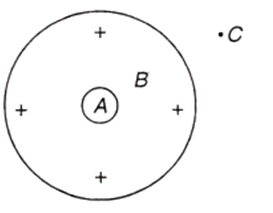
8 : 1
1 : 8
2 : 1
1 : 2
The electric potential due to a small electric dipole at a large distance r from the centre of the dipole is proportional to
r
